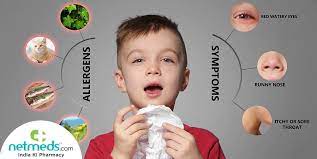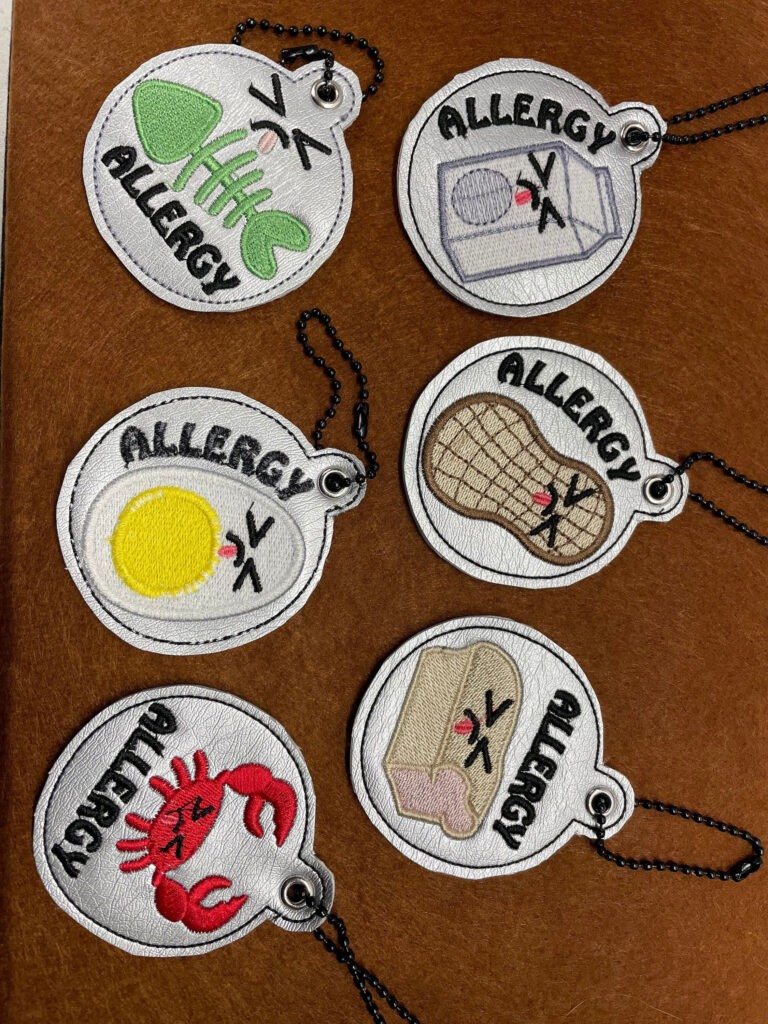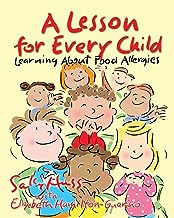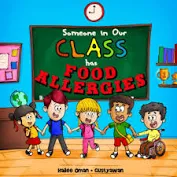
Children with allergies in school require special attention and care to ensure their safety and well-being. Allergies can range from mild to severe, and some can be life-threatening. Common allergens that affect children in schools include food allergies, insect stings, pollen, dust mites, and pet dander.
Back to School Checklist for Families
Life-Threatening Allergies

Fun Allergy Alert tags. Embroidery on vinyl. Great for lunch bags and backpacks. Find these and more like them on our Etsy shop.
This post contains affiliate links. This means I will make a commission at no extra cost to you should you click through and make a purchase. Read the full disclosure here.
Teaching children about allergies and raising awareness is essential for their safety and for fostering empathy and understanding. Here are some ways to make children aware of allergies:
Classroom Education: Incorporate age-appropriate lessons about allergies into the school curriculum. Discuss common allergens, allergic reactions, and what to do if someone is experiencing an allergic reaction. Use simple language and visuals to help children understand.
Storytelling: Share stories or books that feature characters with allergies. This can help children relate to and empathize with those who have allergies.


Guest Speakers: Invite healthcare professionals or individuals with allergies and their families to speak to students. Personal stories and practical advice can make a lasting impression.
Allergy Awareness Days: Dedicate a day or week to allergy awareness in the school. Organize activities, presentations, or assemblies to educate students about allergies.
Visual Aids: Use posters, charts, and diagrams to illustrate key concepts about allergies. Visual aids can make learning more engaging and memorable.
Hands-On Activities: Create hands-on activities that demonstrate the importance of allergen avoidance. For example, you can simulate food allergen labeling or conduct experiments to show how allergens can be hidden in products.
Food Allergy Simulations: Organize activities that mimic food allergies, such as serving meals without specific ingredients to help students understand dietary restrictions and the need to check labels.
By educating children about allergies from an early age, you can help create a safer and more inclusive environment in schools, reduce the risk of allergic reactions, and promote understanding and compassion among students.
